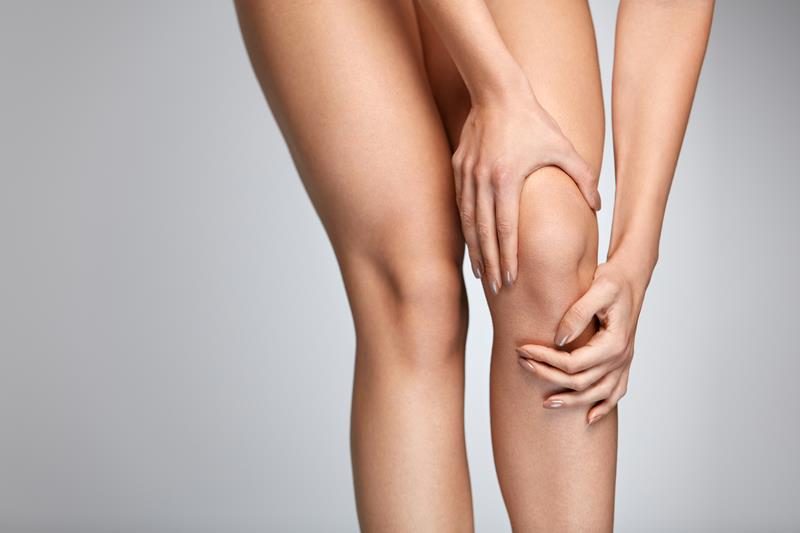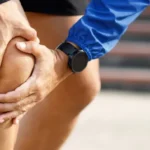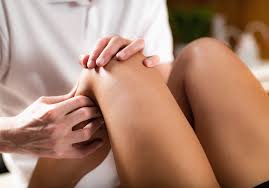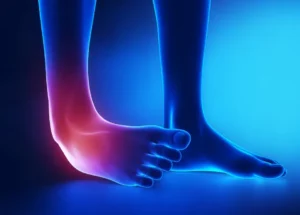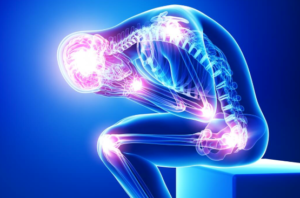Knee pain may stem from injuries, arthritis, or other medical conditions. For many, this discomfort can worsen when the weather changes, such as stiffness and aching as storm clouds gather or when the temperature drops. Understanding how weather changes influence your body can help you find relief. Here is more information about how to address knee pain when the weather changes:
Worsened Joint Pain
Changes in weather, such as cold temperatures and fluctuations in air pressure, can exacerbate joint pain, including in the knees. When the temperature falls, your body works to conserve heat by redirecting blood flow away from your limbs. This process involves constricting blood vessels in your arms and legs.
For your knees, this reduced blood flow can lead to increased stiffness and sensitivity to pain. The tissues surrounding the joint become less pliable, and the nerves may become more sensitive to painful signals. This response to cold is a protective mechanism, but it can worsen discomfort in already sensitive joints.
Decreased Air Pressure
Another factor is the change in barometric pressure, which may foreshadow the arrival of bad weather. Barometric pressure is the weight of the air around us. When this pressure decreases, it allows the tissues in your body, including those around your joints, to expand slightly.
This expansion might initially be minor, but for a knee already affected by arthritis or inflammation, it can be painful. The swelling places extra pressure on the nerves and the joint itself, triggering an increase in aches and stiffness. Think of it like a balloon that expands more easily when there is less pressure pushing on it from the outside.
Your joint tissues react similarly, and this subtle change is enough to cause knee pain. While this process is natural, there are ways to manage the pain effectively. Staying hydrated and maintaining a consistent routine of low-impact exercises can help reduce joint stiffness and improve overall mobility.
Reduced Activity
Colder months may lead to a more sedentary lifestyle. People might stay indoors and move less when it’s rainy or snowy. This lack of movement is detrimental to joint health. Regular physical activity helps keep the cartilage in your joints lubricated and strengthens the muscles that support them, thereby maintaining joint health. When you are less active, your knee joints can become stiff and weak, which in turn makes them more prone to pain.
Effective Coping Methods
Managing weather-related knee pain involves a few practical strategies. Keeping your body warm is a primary defense against the effects of cold. Try these steps:
- Dress in layers, especially when you go outside.
- Use a heating pad or take warm baths to soothe stiff joints.
Staying active is another key component. Try low-impact indoor exercises to keep your joints mobile without placing excessive strain on them. Activities that you might find helpful include:
- Stretching
- Yoga
- Swimming in a heated pool
- Riding a stationary bike
These exercises help maintain flexibility and strength in the muscles surrounding the knee, offering better support and reducing pain over time.
Get Treated for Knee Pain
If chronic knee pain interferes with your daily life, seeking a proper diagnosis and treatment plan is a positive step forward. A healthcare provider can help identify the underlying cause of your pain and recommend personalized treatments. If you are struggling with persistent discomfort, reach out to a pain center to schedule a consultation and explore your treatment options.


